NEW YORK, N.Y., USA: Guided bone regeneration is a common treatment before a dental implant procedure, and bio-materials treated with fluoride are displaying cell proliferation that can improve this process. The Journal of Oral Implantology has reported on a study of bio-resorbable synthetic hydroxyapatite granules used as a bone supplement material.
When these granules were exposed to a 4 percent sodium fluoride solution, cell proliferation was increased.
Bone regeneration techniques include the use of artificial materials such as hydroxyapatite and tricalcium phosphate. Implant products are being made with surface coatings or textures that have a biological effect on protein attachment and cell proliferation. When fluoride is added to this surface, it activates osteoblastic, or bone-making, cells and increases the rate of bone regeneration.
In this study, hydroxyapatite granules were treated with a neutral 4 percent sodium fluoride solution. This led to the formation of a reactant resembling calcium fluoride on the surface of the granules. Immediate but slow release of fluoride came from the granules, and the concentration increased over time. Migration of human osteoblast-like MG-63 cells was confirmed when compared to a nonfluoridated control sample.
Fluoride concentrations of 1.0- 2.0 parts per million (ppm) showed this positive effect. When the concentration reached 5.0 ppm, however, the opposite effect was observed—the fluoride significantly inhibited cell proliferation.
The authors concluded that the fluoride solution stimulates bone regeneration. The slow release of fluoride from hydroxyapatite granules facilitates osteogenesis, making this a beneficial method to supply fluoride and promote cell proliferation.
(Source: Journal of Oral Implantology)
Bone regeneration requires several factors to take place: osteoinduction, osteoconduction and osteogenesis. Autografts and advanced biologics may offer all ...
Oral implant surgery is complex and not without complications, one of which is an implant periapical lesion (IPL). If the lesion site becomes infected, it ...
NIIGATA, Japan/PHILADELPHIA, US: Ageing is known to increase people’s susceptibility to chronic inflammatory bone loss disorders, including periodontal ...
The needle implants were designed and presented in the early 1960s by the French dentist Scialom. He understood that, using biomechanical properties related...
Pulpal exposures are unfortunately a routine occurrence when treating carious teeth and frequently lead to endodontic treatment owing to the size of the ...
MIAMI, Fla., USA: Neocis, a supplier of robot-assisted dental implant surgery, has announced it has received 510(k) clearance from the U.S. Food and Drug ...
Despite improvements in detection and prevention, dental caries remains the most prevalent chronic disease worldwide, with the majority of cases untreated. ...
Studies indicate that a significant number of dental patients present with initial carious lesions, particularly on interproximal surfaces. However, many ...
CHICAGO, Ill., USA: Fluoride provides health benefits throughout a person’s life, especially for bones and teeth, according to the Academy of ...
Doctors are educated to diagnose and treat health problems. Within these margins, most clinicians fulfill this role with patients very successfully. The ...
Live webinar
Wed. 14 January 2026
12:00 PM EST (New York)
Dr. Théo Laplane, Dr. Robert Gottlander DDS
Live webinar
Fri. 16 January 2026
12:00 PM EST (New York)
Live webinar
Mon. 19 January 2026
1:00 PM EST (New York)
Philipp Kopp, Michael Seeber
Live webinar
Thu. 22 January 2026
9:00 AM EST (New York)
Prof. Judith Jones D.D.S; M.P.H., Prof. Kakuhiro Fukai D.D.S., Ph.D, Dr. Bathsheba (Bethy) Turton
Live webinar
Thu. 22 January 2026
2:00 PM EST (New York)
Dr. Nicola M. Grande DDS, PhD
Live webinar
Wed. 28 January 2026
8:00 AM EST (New York)
Live webinar
Wed. 28 January 2026
11:00 AM EST (New York)
Prof. Dr. Jan-Frederik Güth



 Austria / Österreich
Austria / Österreich
 Bosnia and Herzegovina / Босна и Херцеговина
Bosnia and Herzegovina / Босна и Херцеговина
 Bulgaria / България
Bulgaria / България
 Croatia / Hrvatska
Croatia / Hrvatska
 Czech Republic & Slovakia / Česká republika & Slovensko
Czech Republic & Slovakia / Česká republika & Slovensko
 France / France
France / France
 Germany / Deutschland
Germany / Deutschland
 Greece / ΕΛΛΑΔΑ
Greece / ΕΛΛΑΔΑ
 Hungary / Hungary
Hungary / Hungary
 Italy / Italia
Italy / Italia
 Netherlands / Nederland
Netherlands / Nederland
 Nordic / Nordic
Nordic / Nordic
 Poland / Polska
Poland / Polska
 Portugal / Portugal
Portugal / Portugal
 Romania & Moldova / România & Moldova
Romania & Moldova / România & Moldova
 Slovenia / Slovenija
Slovenia / Slovenija
 Serbia & Montenegro / Србија и Црна Гора
Serbia & Montenegro / Србија и Црна Гора
 Spain / España
Spain / España
 Switzerland / Schweiz
Switzerland / Schweiz
 Turkey / Türkiye
Turkey / Türkiye
 UK & Ireland / UK & Ireland
UK & Ireland / UK & Ireland
 International / International
International / International
 Brazil / Brasil
Brazil / Brasil
 Canada / Canada
Canada / Canada
 Latin America / Latinoamérica
Latin America / Latinoamérica
 China / 中国
China / 中国
 India / भारत गणराज्य
India / भारत गणराज्य
 Pakistan / Pākistān
Pakistan / Pākistān
 Vietnam / Việt Nam
Vietnam / Việt Nam
 ASEAN / ASEAN
ASEAN / ASEAN
 Israel / מְדִינַת יִשְׂרָאֵל
Israel / מְדִינַת יִשְׂרָאֵל
 Algeria, Morocco & Tunisia / الجزائر والمغرب وتونس
Algeria, Morocco & Tunisia / الجزائر والمغرب وتونس
 Middle East / Middle East
Middle East / Middle East


































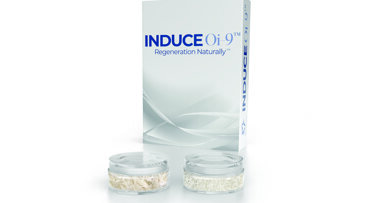
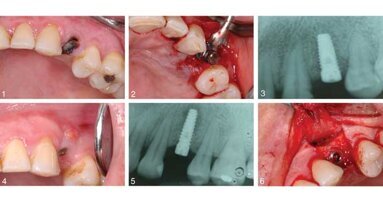
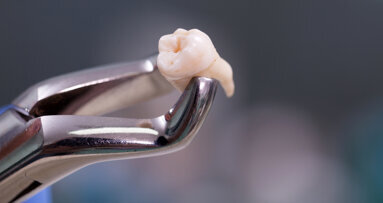
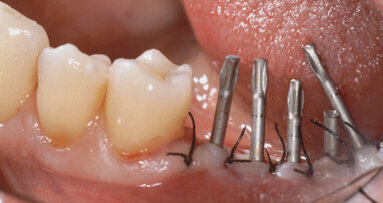
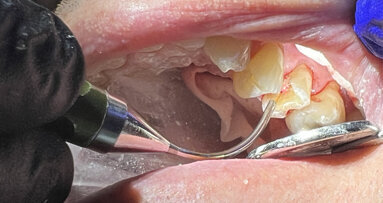


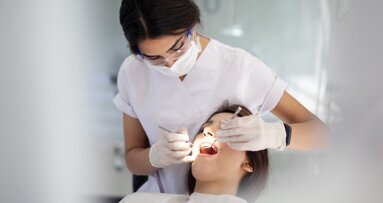

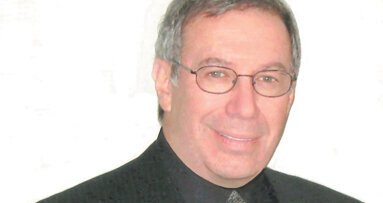

















To post a reply please login or register